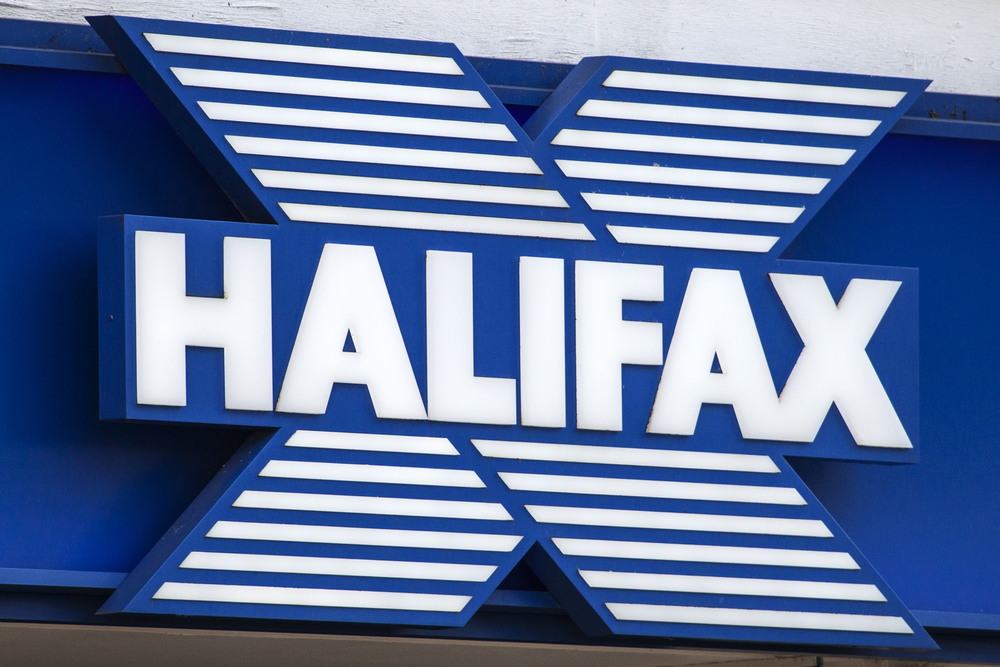
The rapid rise in rents appears to be stabilising, with the annual increase in rents standing at 6.3% in May, broadly in line with the previous three months.
These figures from Hamptons show that a newly-let home now costs an average of £1,337 per month — a £79 pcm increase when compared to the same month last year.
However the figures show rental growth for tenants renewing their contracts is rising at a faster rate – with average renewal rents up 8.8% year-on-year in May, from 8.3% in April.
Hamptons says the slowdown in rental growth for newly-let homes has been led by London, where the pace of annual growth fell to 3.9% in May, the lowest rate since November 2021.
Its analysis also calls into questions the viability of the proposed Mortgage Guarantee Scheme, saying the figures show that renting remains cheaper than buying with a 5% deposit.
Hamptons says that would-be buyer with a 5% deposit face paying £300 per month more in mortgage repayments than if they continued renting, at current mortgage rates and house prices. It says the mortgage rate would need to fall from 6.1% to around 4.2% to make the monthly cost of renting and buying in the UK similar.
Looking at its regional data on rents, it says the high cost of mortgages at present mean that buying with a 5% deposit doesn’t work financially in most places south of Birmingham. In London, servicing a mortgage would cost the average tenant an extra £775 per month, which equates to £9,300 a year.
Hamptons adds that the number of completions backed by the current mortgage guarantee scheme is running at 15% of the level Help to Buy achieved.
Hamptons head of research Aneisha Beveridge says: “Despite rental growth setting at around 6% year-on-year, renting remains more cost-effective than buying for most households across the country.
“High mortgage rates have squeezed buyers with small deposits out of the market, forcing more households to rent for longer.
“Both the Labour and Conservative Parties have included mortgage guarantee schemes in their manifestos to boost the availability of 95% loan-to-value deals. However, their effectiveness will probably be determined by Threadneedle Street rather than Downing Street. The extent to which the Bank of England reduces rates will shape the numbers of would-be buyers with small deposits more than the best-designed government policy.



